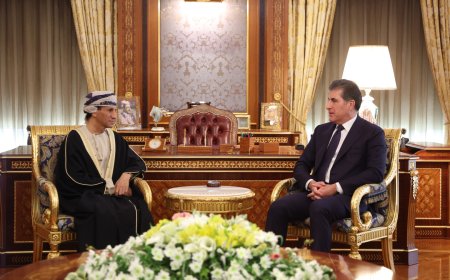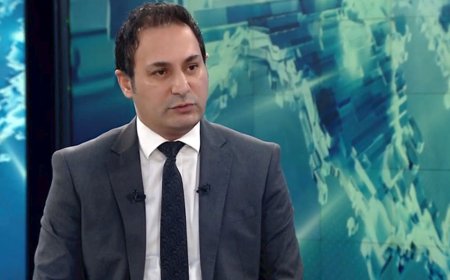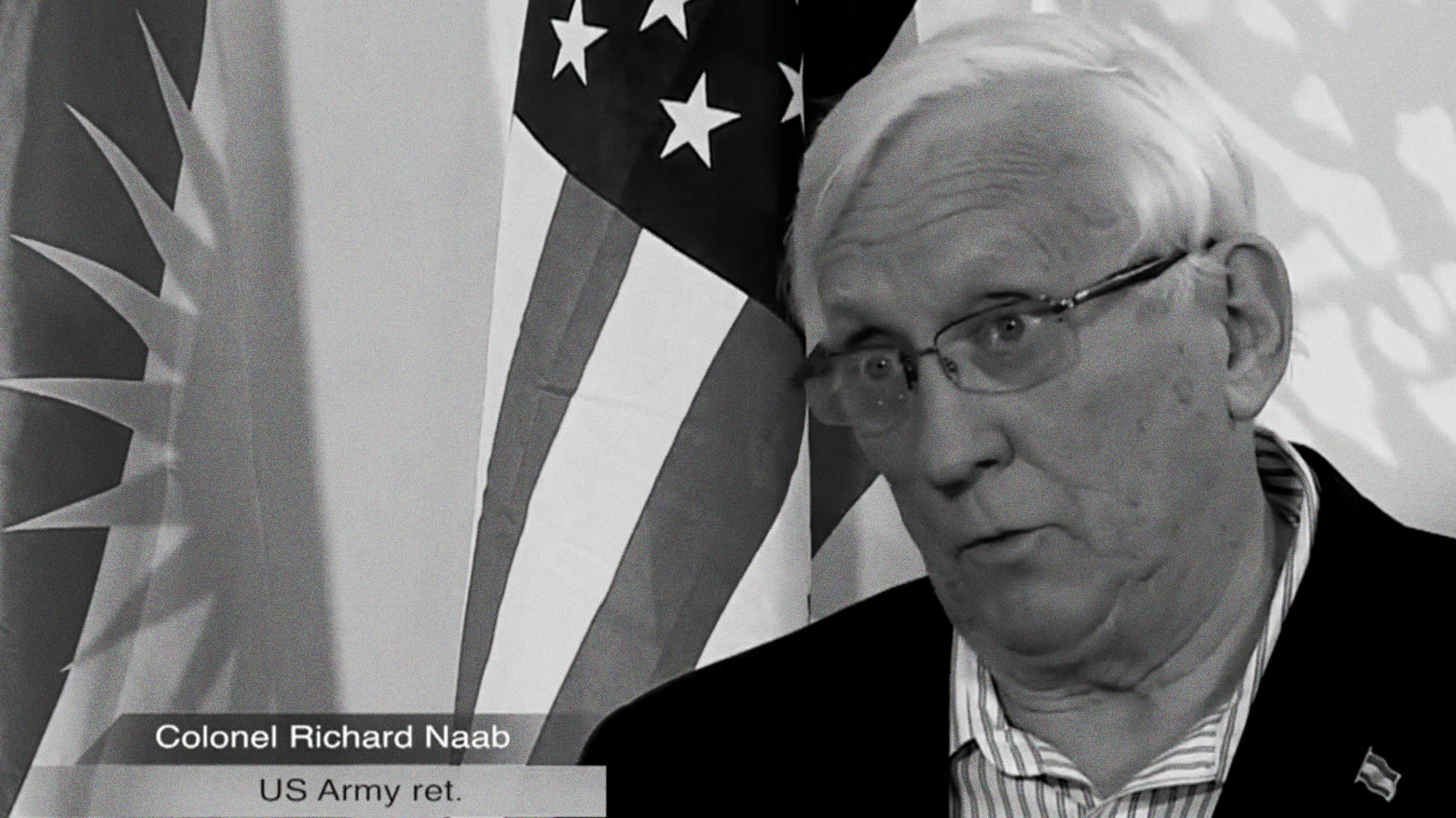US dollar surges against Iraqi dinar amid rising regional tensions
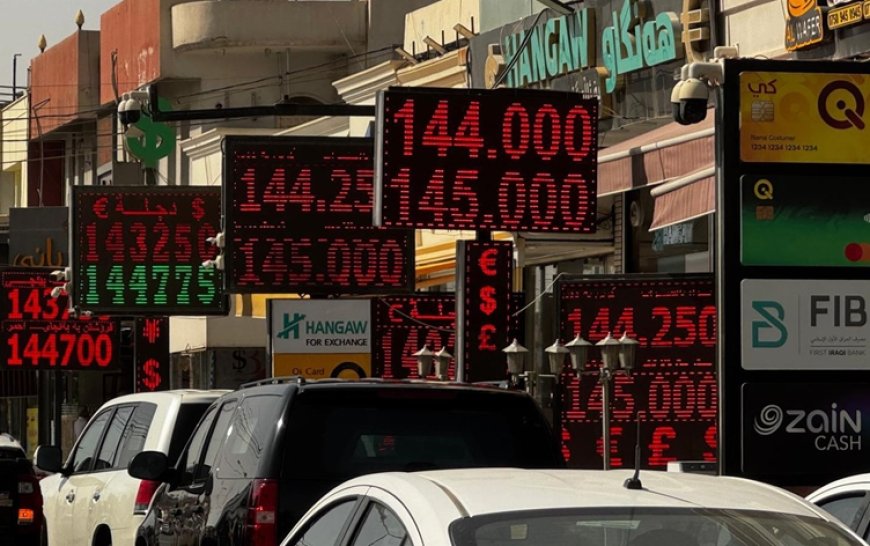
The US dollar surged against the Iraqi dinar amid escalating tensions between Israel and Iran, briefly climbing from 141,000 to 147,000 dinars per $100 before stabilizing near 144,000, highlighting the local impact of global unrest on currency markets.
The Iraqi dinar has regained some of its value after dropping due to the military escalation between Israel and Iran.
“Since this Israel-Iran flare up, the dollar rate in Erbil especially jumped from around 141,000 Iraqi dinars to 147,000 Iraqi dinars per $100. So that's about a four percent weakening of the dinar in just a few days. Now it has settled back to around 144,000, but that still shows how quickly fear and global tension can affect local currencies,” Mason Farhad Nariman, financial expert and Guinness World Record Holder in Cognitive Performance, told Rudaw English on Saturday.
Rudaw English spoke with exchange offices in Erbil, who said people are waiting for the market to open and then will decide.
“Many people bought dollars on Thursday, but once they saw the prices stabilize at 44-45 [thousand Iraqi dinars per $100], it stopped because people thought the fluctuation was temporary,” said Diyar Bakhtiar Hamadamin, an exchange office employee.
“When the market is closed, traders take advantage of the prices, especially in situations like these. These are not official prices, official prices are set tomorrow [when the market opens],” he added.
Trading continues after the official market is closed, and Rudaw has learned that the traders have WhatsApp groups where they decide unofficial prices for this time.
According to the financial expert Nariman, exchange rates against the US dollar are a global issue, and no one country can stabilize its currency alone, it requires a global initiative. The reason is that offshore US dollars do not have a central bank or authority. “It has been a problem for a century,” he said.
Even if Iraq stabilized the currency by, for example, injecting more dollars into the market, Nariman said it would only be a short-term solution.
“As long as the global demand for dollars stays high, those dollars will leak out of the country through, let's say, smuggling, informal transfers, or arbitrage to other countries where the dollar trades higher. So the real solution would be, for example, let's say, stopping the leaks. The smuggling, fake invoices, prepaid card abuses,” he said.
“Secondly, making sure banks know how and who they're dealing with. It's called KYC rules,” he added.
KYC (Know Your Customer) rules are regulations that require financial institutions to verify the identity of their customers before or during the start of a business relationship.
Nariman described the fluctuation against the dollar as “the world’s blood pressure.”
“So think of the dollar index like the world's blood pressure meter,” he said. “So when it spikes, it tells us global stress is rising. So since 2008, every time a crisis hits, whether a flare-up in the Middle East or a market crash, the dollar jumps as investors rush for safety.”
In the long term, Nariman said he believes the dollar will stay strong as long as there is a global shortage of offshore dollars - in Iraq and the rest of the world.
On the other hand, when value drops against the dollar, it “hits ordinary people the hardest. So prices for food, let's say medicine, rent, anything connected to the dollar go up fast. But over time, the pressure spreads to businesses. Vendors and small shop owners can't handle the higher costs. Therefore, margins shrink and many go bankrupt. So that leads to job losses and layoffs, which brings the pain back to workers and families,” he said.
“So in the end, everyone feels it, first as consumers, then as workers.”
On US President Donald Trump’s ambition to weaken the dollar with the Mar-a-Lago Accord, Nariman explained that in economics, you cannot force anything and the dollar has to drop of its own accord.
“It has to go down naturally. You can't force it. In economics, we don't have something, you know, as force. You can't force it because it might be a short-term fix. But in the long run, it's going to go up again. Trump can control the US dollar, but not the rest of the world's dollar,” he said.
The recent fluctuation in the exchange rate started when Trump evacuated embassy personnel from Iraq. The dollar swung even more as tensions between Israel and Iran reached new heights on Friday
(Source:Rudaw)







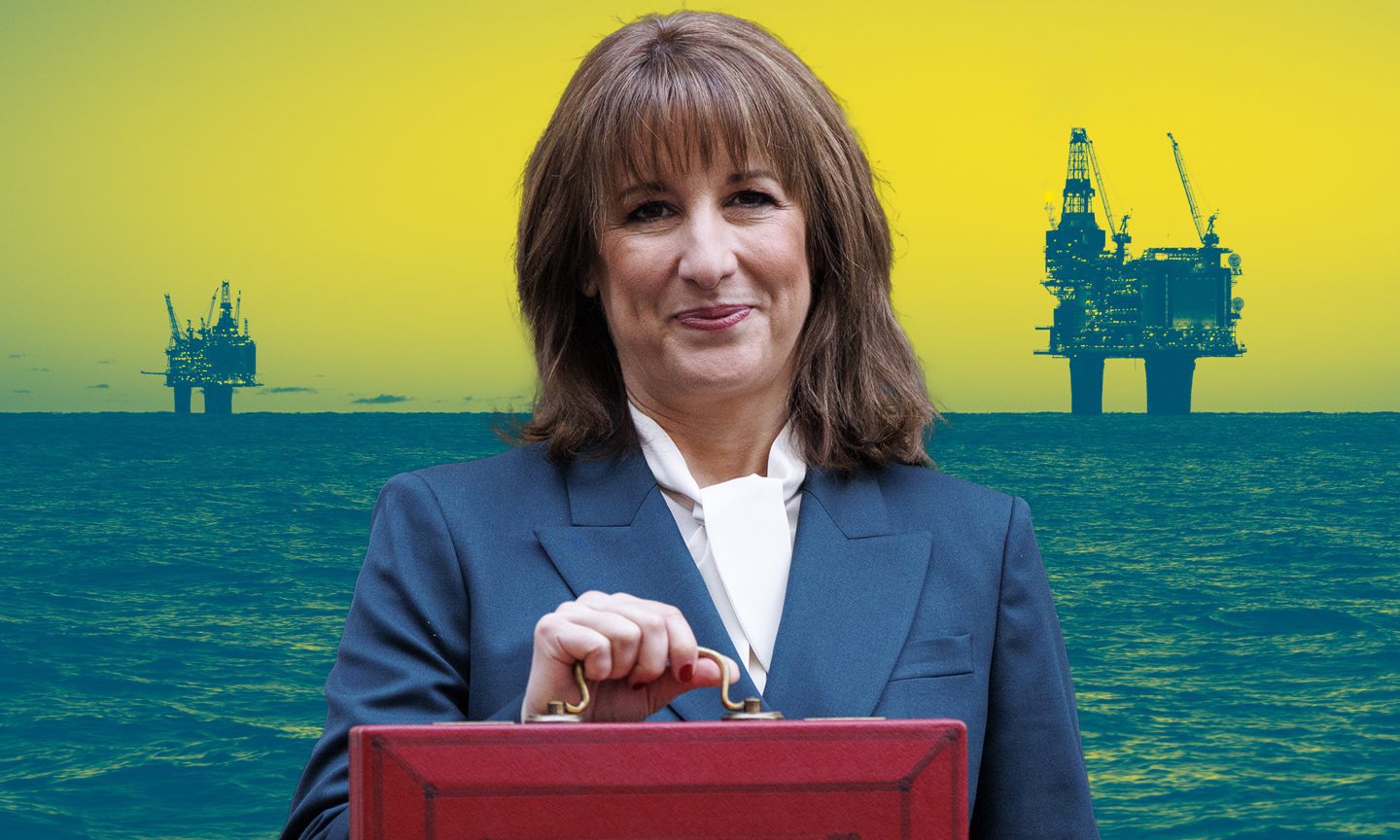







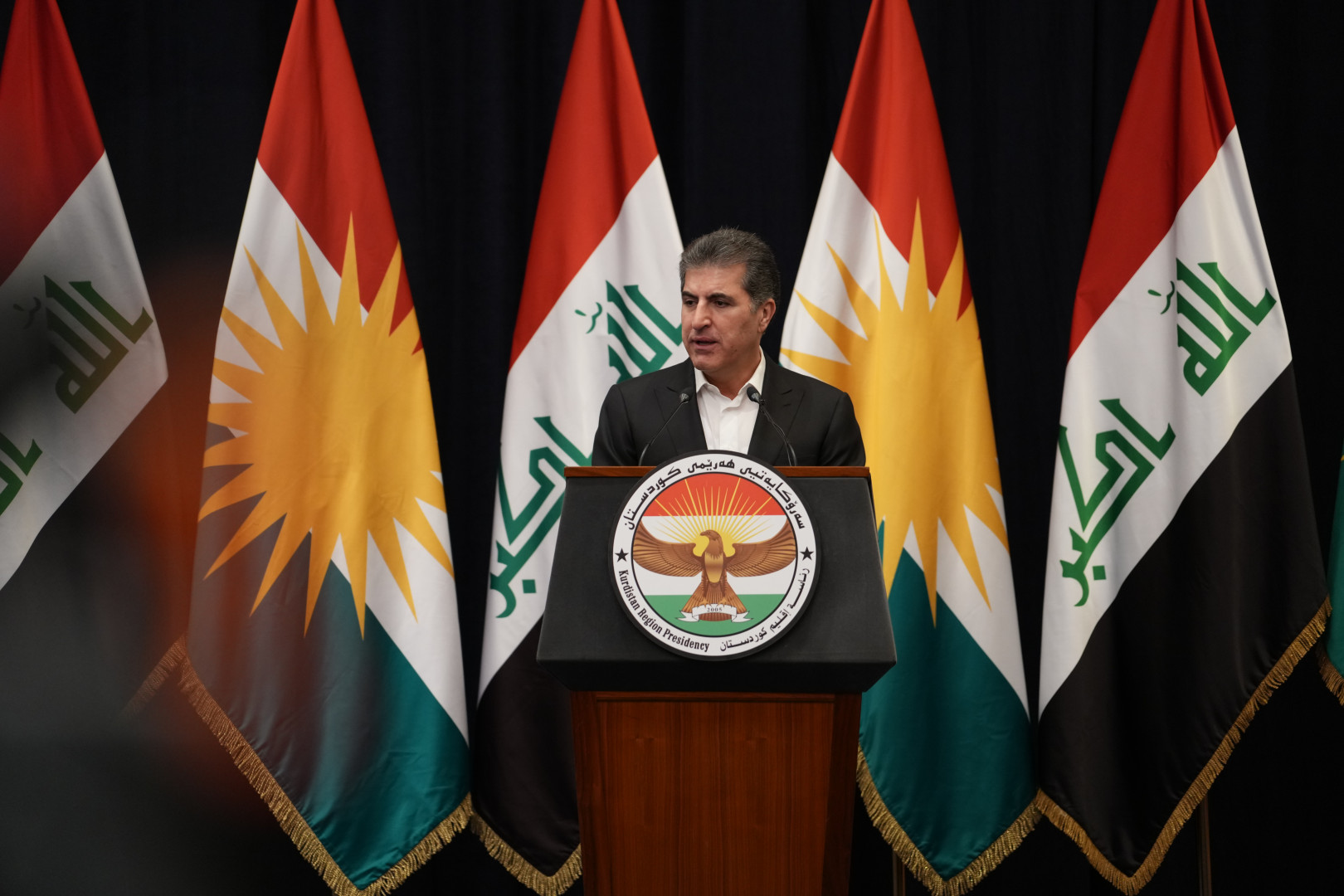


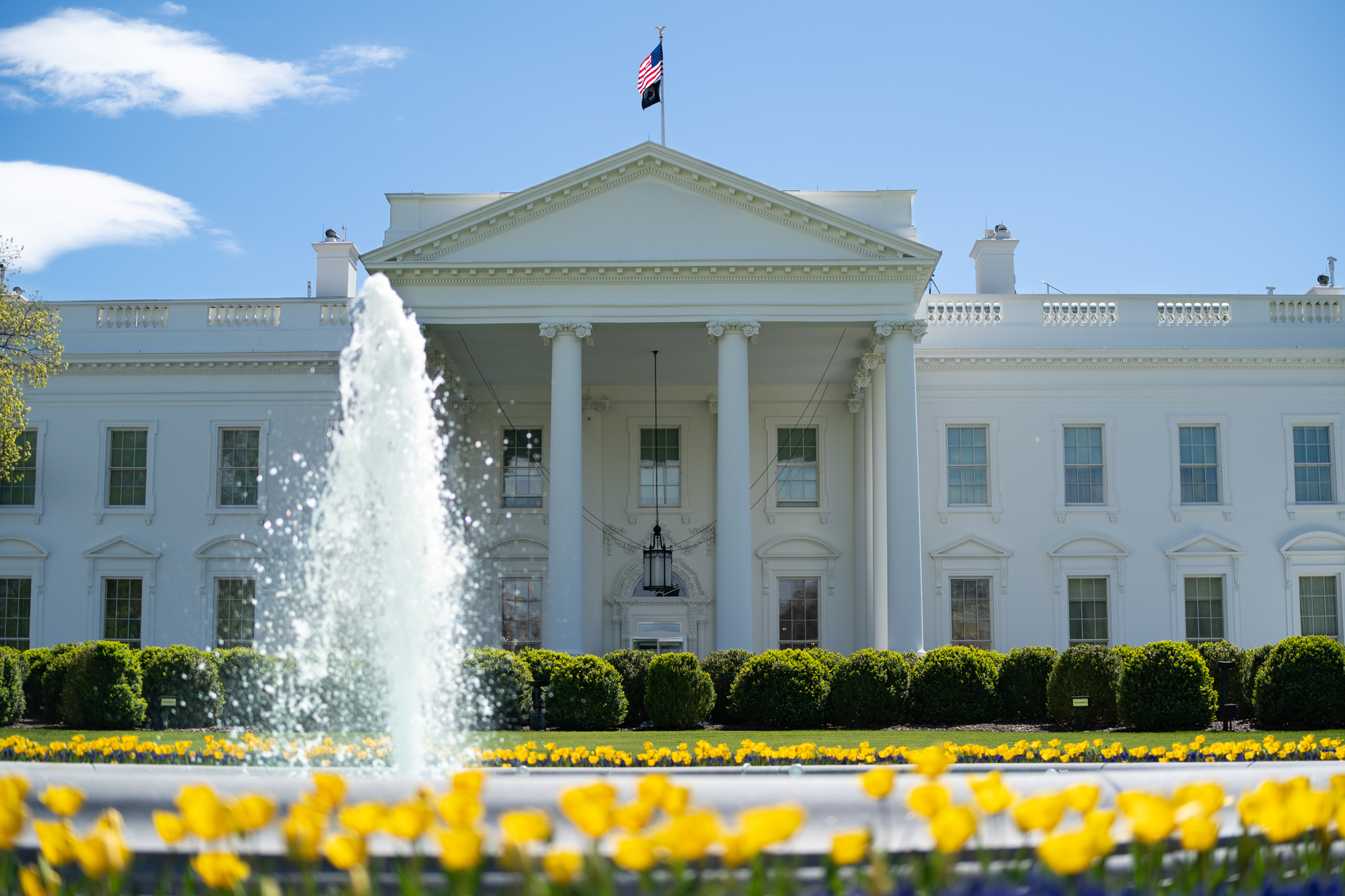
















/file/attachments/2984/kevin_927177_ac6b66996c6681fa673210c6013a08c2.jpg)









